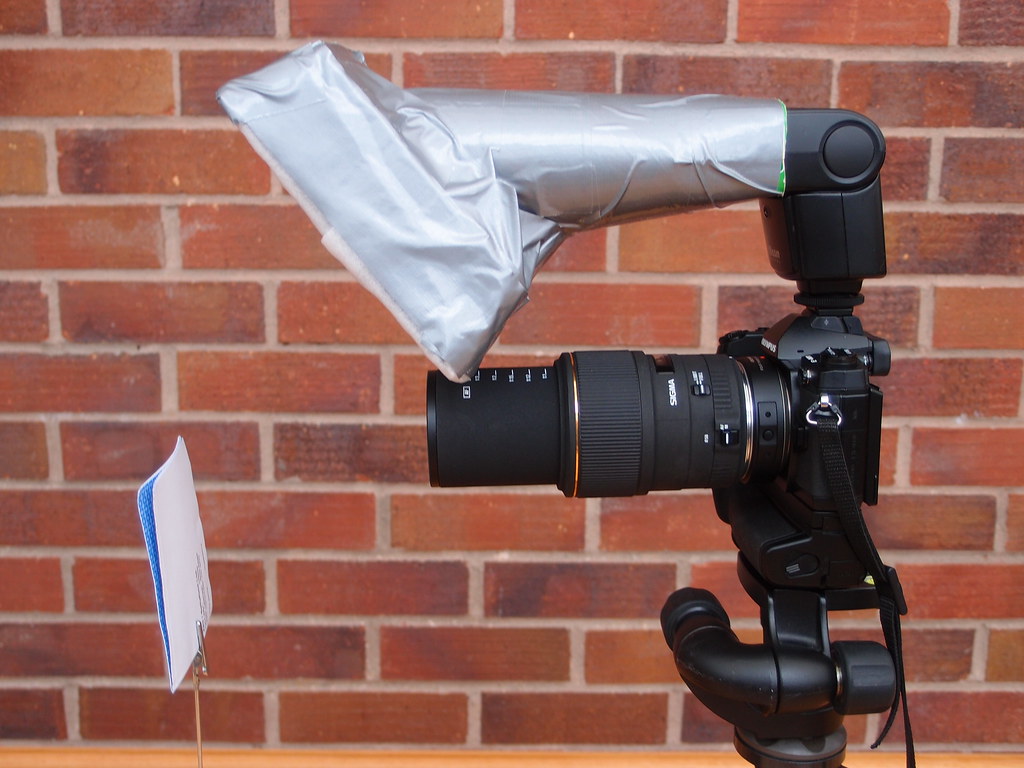Unfortunately that is the going rate for a 58mm Canon 500D, which is the one you would need for your 50-230mm lens.
Note: vignetting with close-up lenses
Close-up lenses work best on longer zoom lenses. You tend to get vignetting at the wide end with shorter zooms, and not a little slight vignetting, but serious, "looking through a porthole" effects. This sort of thing, but more or less of it depending on camera, close-up lens and focal length.

0509 03 Vignetting at 4.5mm focal length with Raynox 150 attached to FZ200 camera lens by
gardenersassistant, on Flickr
With a 58mm close-up lens on your 50-230 with its 58mm filter thread you may well see no vignetting at all. I don't get any with a 58mm 500D on a 55-250 on my Canon 70D. I get very some very mild vignetting at the wide end with a Raynox 150 on my 55-250, but nothing like the nasty solid circle above, just a little brightness drop-off in the corners, which is fixable with post processing. I imagine you might get a little vignetting like that with the Raynox 150 on your 50-230. With your 18-55 it would probably be more of an issue. Bear in mind though that even if you do get really heavyweight vignetting at the wide end it is not the end of the world - it just restricts the range of magnifications you can use.
As to costs, there is a much cheaper alternative that you might want to try. At this stage I assume you don't really know how you are going to get on with close-ups. Some people find it easy and enjoyable, but when some people try it they find it to be neither! You might want to consider a throw-away expense of £10 or so to get a set of close-up filters. Something like
this. Be warned, you will not get great images from these.
Note: close-up filters vs achromats
The reason the image quality will be poor (and sometimes horrible) with close up filters like these is that they are made from single pieces of glass and suffer from chromatic aberration, and in some not very unusual circumstances, serious chromatic aberration. In contrast, lenses like the Canon 500D and the Raynox lenses are "achromats", using two or more pieces of glass so as to combat chromatic aberration. You can get really good results with achromats.
So why bother with these cheap lenses? To find out how you might get on with close-ups. They will give you a range of magnifications to try out, from less powerful than the Canon 500D to more powerful than the Raynox 250. You will get to see what the working distances are like with close-up lenses of various strengths, and whether you can get tolerably sharp images with some combination of VR, monopod, stick, tripod or whatever, and whether the bundled little flash that comes with the XT1 helps at all. Maybe it will work out fine and leave you wanting to get something that can actually produce nice results. Well, you won't have wasted much money getting there. And if it doesn't work out, then you won't have wasted significantly more money to get to the same conclusion.
As to focusing, do try autofocus. A lot of people say you can't/you shouldn't/they won't use autofocus for close-ups because it doesn't work very well/it doesn't work at all/you can't get the centre of focus where you want it. I use autofocus a lot. So as it happens does Mark Berkery who I linked to. It does depend on the camera and lens you are using though, and what you are photographing. But if you have a steadiness issue then autofocus, if it works ok on your kit, may make a big difference.
I strongly suggest starting with some really boring indoors subjects, like matchboxes, pens, anything around the place. They don't move, you can put them by a window to get some light on them, and away from the window you can try using flash. It will get you used to the distances involved, and how your camera handles with a close-up lens on it, for example in terms of autofocus and manual focus. It will also give you a chance to experiment with different apertures and ISOs and compare the results in terms of detail/sharpness, amount of noise, depth of focus etc. If you spend some time doing some stuff like this and examining the results, adjusting things, trying again, etc, that will pay huge dividends when you get out there in the Spring and try photographing more interesting subjects.
Mark Berkery is one of my macro heroes. It's amazing what beautiful images he produces with some very simple equipment: an old bridge camera, an inexpensive close-up lens, DIY flash diffusion on the on-board flash, and a stick.


 Hover-fly
Hover-fly
 at 150 mm with raynox
at 150 mm with raynox at 40 mm with raynox
at 40 mm with raynox Ant-Queen
Ant-Queen Ant-Queen-3
Ant-Queen-3 EM1 sigma 105 Mk11
EM1 sigma 105 Mk11